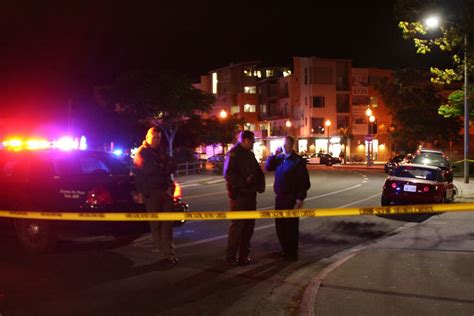The question of when violence will end is a complex and deeply troubling one, especially in the wake of tragedies like the Isla Vista shooting. This horrific event, which occurred on May 23, 2014, in Isla Vista, California, resulted in the loss of six innocent lives and injuring fourteen others. The shooter, Elliot Rodger, left behind a manifesto detailing his motivations, which were rooted in a deep sense of isolation, misogyny, and a feeling of being wronged by society. The aftermath of such tragedies often sparks a national conversation about violence, its causes, and potential solutions. However, the multifaceted nature of violence makes it challenging to identify a single point in time when it will cease to be a problem.
Understanding the Roots of Violence
To address violence effectively, it’s crucial to understand its roots. These can be broadly categorized into societal, psychological, and economic factors. Societal factors might include the glorification of violence in media, lack of community cohesion, and gender inequality. Psychological factors could encompass mental health issues, personal histories of trauma, and feelings of isolation. Economic factors might involve poverty, inequality, and lack of access to education and job opportunities.
Potential Solutions
Mental Health Support: Improving access to mental health services is often cited as a potential solution to reducing violence. Early intervention and support can help individuals dealing with mental health issues before they escalate into violence.
Community Engagement: Building stronger, more inclusive communities can help reduce feelings of isolation and disaffection that might lead to violence. Community programs, social activities, and initiatives that promote gender equality and reduce discrimination can foster a sense of belonging and shared humanity.
Education and Awareness: Educating the public about the warning signs of potential violence, the importance of mental health, and the need to challenge harmful gender stereotypes can empower individuals to make a positive difference. This includes teaching healthy communication skills, conflict resolution techniques, and the value of empathy and respect for all individuals.
Policy Changes: Advocating for policy changes, such as stricter gun control laws, can help reduce the availability of weapons that can be used in violent acts. Additionally, laws and policies that address discrimination, promote equality, and support mental health can contribute to a safer, more equitable society.
Media Responsibility: The media plays a significant role in shaping societal attitudes. Encouraging responsible reporting on violence, avoiding the glorification of perpetrators, and promoting stories of resilience and community healing can help shift cultural narratives towards peace and understanding.
Future Trends and Projections
Looking to the future, technological advancements could offer new avenues for violence prevention. For instance, AI-powered tools could help in early detection of mental health issues or in monitoring online activities that might suggest a propensity towards violence. However, these solutions must be implemented with careful consideration of privacy rights and ethical implications.
Moreover, there’s a growing recognition of the importance of addressing the root causes of violence through systemic change. This includes advocating for policies that reduce economic inequality, improve access to education, and promote gender equality. The involvement of communities, governments, and international bodies in these efforts is crucial for long-term success.
Conclusion
The question of when violence will end remains a poignant and unresolved issue. While there’s no simple answer, it’s clear that ending violence will require a multifaceted approach that involves societal, psychological, and economic interventions. By addressing the root causes of violence, promoting community cohesion, and advocating for systemic change, we can work towards a future where such tragedies become less frequent. Ultimately, the end of violence is a collective endeavour that demands the engagement, empathy, and action of individuals and societies worldwide.
FAQ Section
What are the primary factors contributing to violence in society?
+The primary factors include societal, psychological, and economic elements such as the glorification of violence, mental health issues, feelings of isolation, and economic inequality.
How can community engagement help in reducing violence?
+Community engagement can help by fostering a sense of belonging, promoting gender equality, and providing support networks that can help mitigate feelings of isolation and discrimination.
What role can policy changes play in preventing violence?
+Policy changes, such as stricter gun control laws and laws addressing discrimination, can help reduce the means and motivations for violence, thereby creating a safer society.


